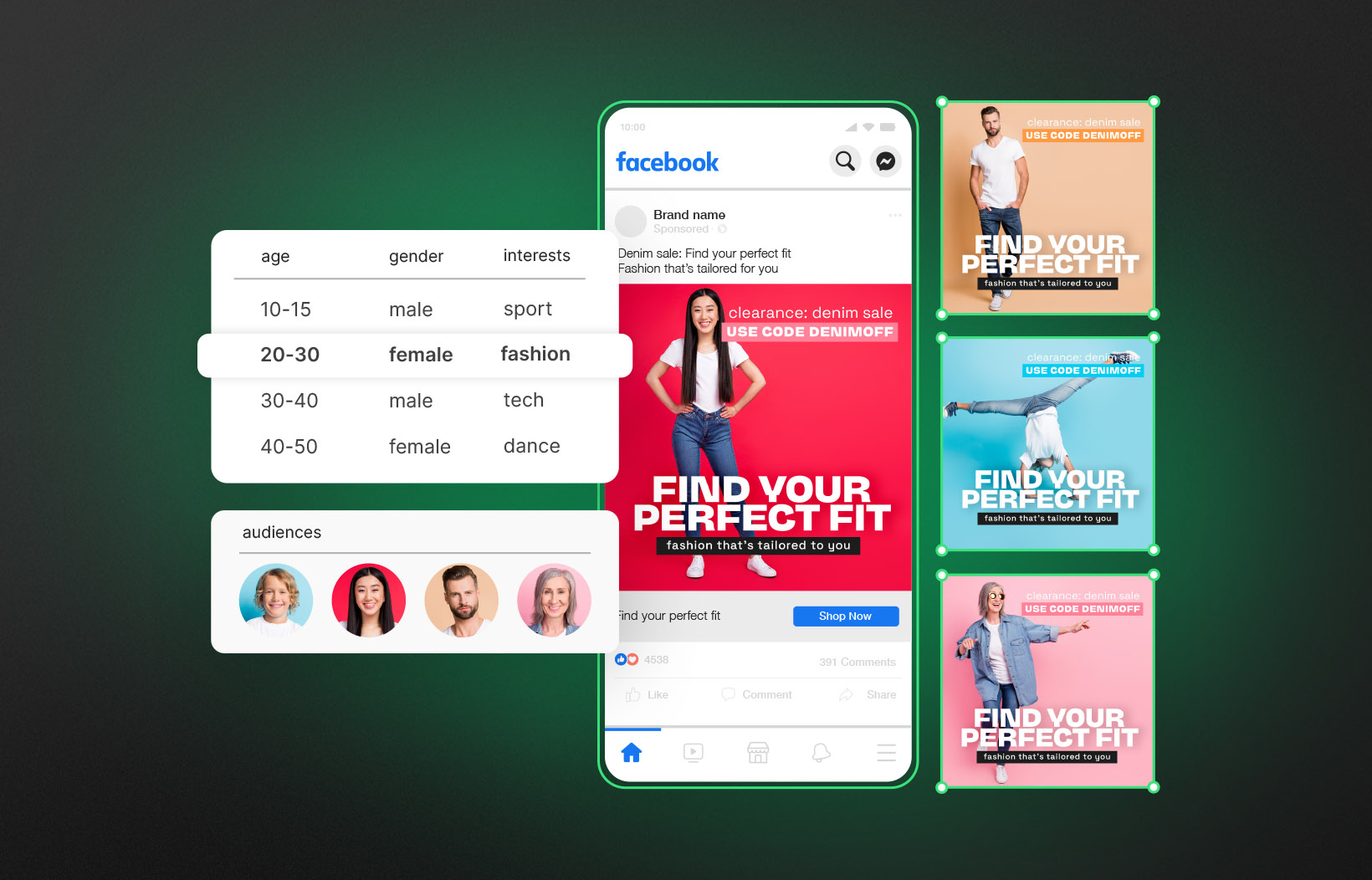Understanding Dynamic Ads
Dynamic ads are innovative advertising solutions that automatically adjust their content based on user data and preferences. This personalization allows publishers to deliver highly relevant advertisements that resonate with individual users, enhancing engagement and increasing the likelihood of conversions. In this guide, we will explore the benefits, integration strategies, and best practices for utilizing dynamic ads effectively.
The Benefits of Dynamic Ads for Publishers
Enhanced Personalization
Dynamic ads leverage user data such as browsing history, demographics, and preferences to create a personalized ad experience. This level of customization significantly boosts user engagement, as individuals are more likely to interact with ads that align with their interests.
Increased Revenue Potential
By displaying relevant ads, publishers can improve their click-through rates (CTR) and cost-per-click (CPC) metrics. This not only enhances the quality of ad inventory but also leads to higher overall revenue generation.
Improved User Experience
Dynamic ads contribute to a seamless user experience by ensuring that the content displayed is pertinent to the viewer’s current needs and interests. This relevance helps in reducing ad fatigue and blindness, making users more receptive to the advertisements displayed.
How to Integrate Dynamic Ads into Your Publishing Strategy
Conduct an Audit of Existing Ad Setup
Before implementing dynamic ads, assess your current advertising strategy. Identify areas where dynamic ads can replace or enhance existing static ads. This audit will help pinpoint gaps and opportunities for improvement.
Update Your Ad Code
For those familiar with ad management, updating your ad code is essential for incorporating dynamic ads. Platforms like Google AdSense provide guidelines and necessary code snippets for integration.
Create Flexible Ad Spaces
Design your ad placements to be adaptable to various ad sizes and formats. This flexibility ensures that dynamic ads can fit seamlessly into your website layout, maximizing visibility and engagement potential.
Utilize Data-Driven Insights
Leverage analytics tools to monitor the performance of dynamic ads. By analyzing user interactions and engagement metrics, you can fine-tune your advertising approach for optimal results.
Best Practices for Effective Dynamic Advertising
Choose the Right Ad Network
Select an ad network that specializes in dynamic advertising solutions. Look for features such as real-time bidding and comprehensive analytics to streamline ad management and performance tracking.
Optimize Ad Placement
Experiment with different ad placements on your site to determine which locations yield the highest engagement rates. Strategic positioning can significantly influence user interaction with your ads.
Focus on Quality Over Quantity
Rather than overwhelming users with numerous ads, prioritize fewer but highly relevant dynamic ads. This approach enhances user experience and can lead to increased engagement rates.
Embrace Continuous Testing
Dynamic advertising allows for A/B testing of various ad formats and content variations. Utilize this feature to discover which combinations resonate best with your audience, thereby maximizing effectiveness.
Unlocking the Potential of Dynamic Ads
Dynamic ads represent a powerful tool for publishers aiming to enhance user engagement and increase revenue. By understanding their benefits, integrating them effectively, and adhering to best practices, publishers can optimize their advertising strategies in a way that resonates with audiences while driving profitability. Incorporating dynamic ads into your publishing strategy not only improves revenue potential but also enriches the overall user experience on your platform. Embrace this innovative approach today to stay ahead in the competitive digital advertising landscape.

